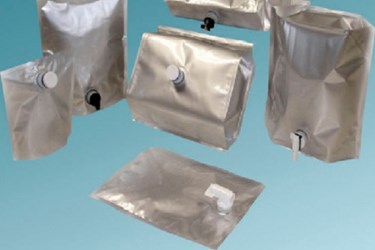Shifting Consumer Preferences Create Opportunities For The Beverage Packaging Market
By Isaac Fletcher, contributing writer, Food Online

Liquid packaging cartons are used for a variety of products — water, dairy, juices, and soft drinks — and with consumers showing a growing preference for convenience products, this packaging format is expected to experience increased demand in the coming years.
Over the last decade, there has been an increased demand for ready-to-carry liquid food and beverage products, leading to tremendous growth in the market for beverage packaging cartons. Liquid packaging cartons come in a variety of sizes and are used for a range of applications. Like most food and beverage packaging, these cartons are generally designed to ensure safe storage and secure transportation for the products within.
The growing demand for packaged food and drink products has emerged as a primary driver for the liquid packaging market. Consumers are showing a preference for other packaging materials over traditional materials, such as glass bottles. Although plastic packaging is still a major competitor for carton packaging within the drink segment, cartons are making inroads due to their recyclability and environmental-friendliness. Accordingly, consumers that actively seek out environmentally-friendly products will likely choose cartons over other options and are expected to be a driving factor for the market in the coming years. Additionally, the material choices for beverage packaging cartons tend to bring down production costs to manufacturers in the long run.
What’s Happening With Bioplastics In Food And Beverage Packaging?
The introduction of aseptic cartons has also spurred growth in the market. Aseptic cartons, which are typically made of paperboard with thin layers of plastic and aluminum, help preserve food over a substantial period of time without the need for added preservatives. This packaging format has allowed perishable food and beverage products to extend their reach into regions that may not have reliable refrigeration or other preservation methods.
Thanks to early consumer acceptance of packaged food products, North America and Europe have been established as mature markets for liquid packaging cartons. The Asia-Pacific region is expected to demonstrate the fastest rates of growth in the market due to a rapidly-growing population, increases in disposable income, and shifting consumer preferences in favor of convenience products. In particular, countries such as India and China are anticipated to be strong contributors to market growth thanks to their large populations and rising disposable income.
Major market players in the liquid packaging cartons market are finding competitive advantages through innovations in packaging technology and an increased use of renewable materials. Large-scale use of plastic packaging may act as a restraining factor for the market, as the primary competitors for liquid packaging cartons are high-density polyethylene (HDPE) and polyethylene terephthalate (PET) containers.
